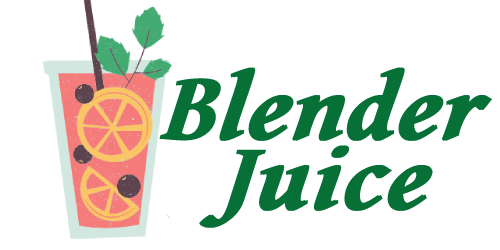How To Choose The Best Fruit Juicer?
Share
What are the basics of fruit juicers? If you know them, you can better get the best model for you. Juicers first came on the scene in 1930, when Dr. Norman Walker invented the first one. He must have partaken in juicing himself, as he lived to be 108 years old.
Juicing helps you easily get the recommended servings of fruits and vegetables every day. Many are not doing so, and the vagaries of this show up in lack of stamina and energy, as well as other health ailments. Juicing is ideal for cancer patients who have finished their treatments.
It can help them access much needed vitamins and minerals lost from chemotherapy treatments, for example, and can strengthen their immune systems. It can also flush out unwanted toxins after chemotherapy.
Although juicing is beneficial, it can also be detrimental if it's not done properly. If you drink too much juice from high-sugar fruits and vegetables, it can adversely affect blood sugar levels for those who need to control them. Sugars from natural fruits quickly enter the bloodstream, which can cause spikes in blood sugar.
As long as you use juicing moderately to benefit your health and don't overdo it, you will gain benefits for a lifetime. It can be a very healthy habit to incorporate into your lifestyle.
So What Is A Juicer?
A juicer is an appliance operates manually or electrically. It extracts juice from vegetables, fruits and leafy greens. There are different types geared to specific types of fruits or vegetables.
Some fruit juicers look a lot like blenders. However, the juicer will have some kind of mechanism to separate the pulp from the juice. A blender simply grinds fruits or vegetables up and the pulp must be manually strained out of the juice.
Juicers' mechanisms of extraction may also differ. Some common types include centrifugal, centrifugal ejection, masticating, manual press, single auger, dual cage auger and twin press.
Centrifugal types are one of the oldest. They have a simple design, utilizing a shredder and a strainer. This design uses centrifugal force to extract the juice from the pulp.
Centrifugal ejection models are similar to centrifugal juicers. However, in the centrifugal ejection type, the basket has slanted sides. This makes it easy to clean. One of its disadvantages is that it is noisy. It is very user-friendly, though, and the maintenance is simple.
The masticating type juicer has a slow speed motor that masticates the fruits and vegetables. The manual press juicer is one that retains juice nutrients best, because no oxidation occurs during the extraction process. Rather, it uses pressure to extract juice.
How to Shop for the Best Model
Perhaps the first thing people consider is the cost. Although not always true that that high price means high quality, there is some correlation. Other important factors also need to be considered.
First, the machine must be user-friendly. It should be easy to clean and operate.
Second, look for a reliable brand so you won't have to replace parts often.
Third, slow speed juicers are best, as they reduce oxidation. You should also be able to extract a good quantity of juice from the fruits and vegetables.
Some models give you more pulp than juice. Models that extract the pulp to an outside container leave less pulp behind than those that do so inside the machine. The model you choose should also be dishwasher safe and compact.
Some popular and reliable brands are; Champion, Omega, Nutrisource, Lequip, Juice Fountain, Samson, Solo Star, Green Star and Green Power.
